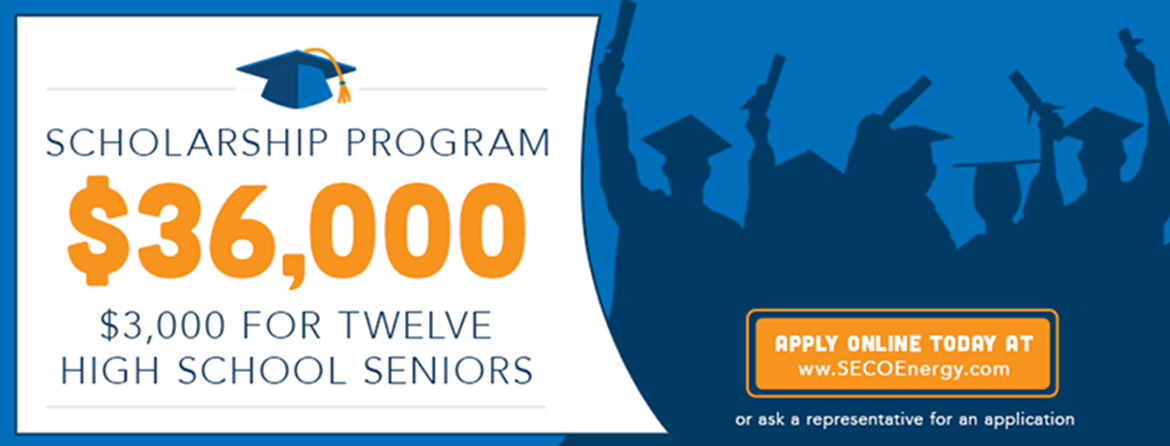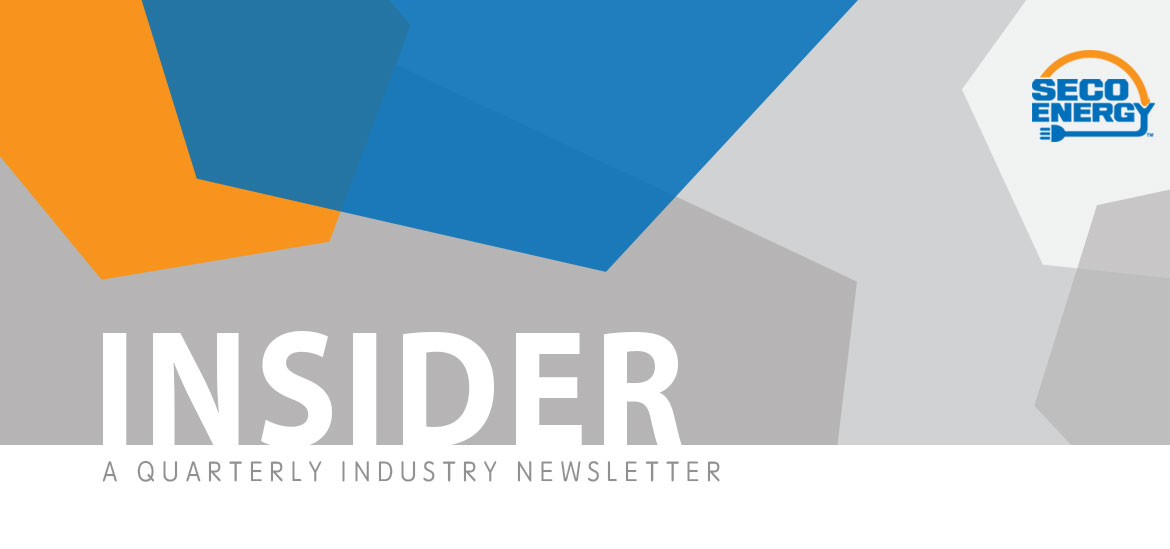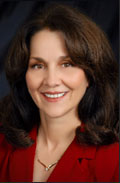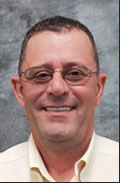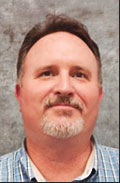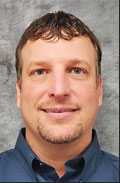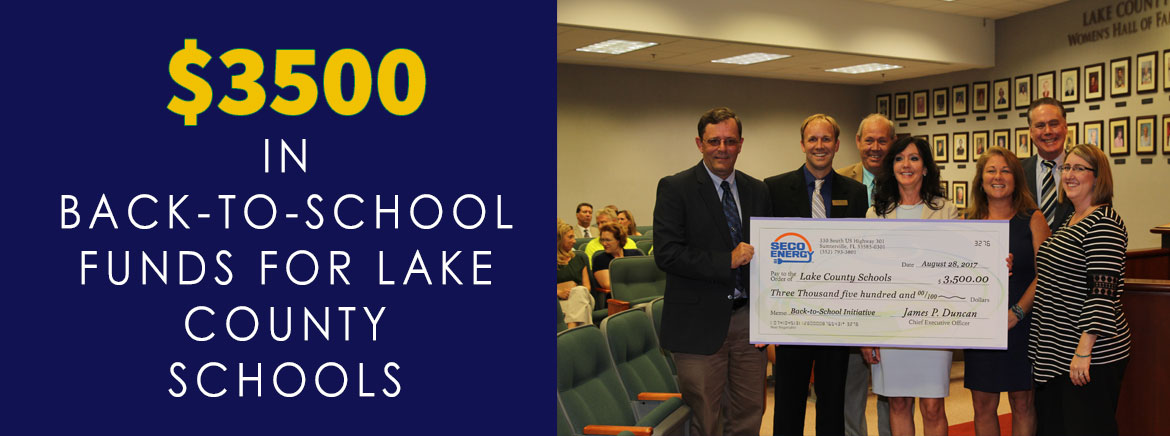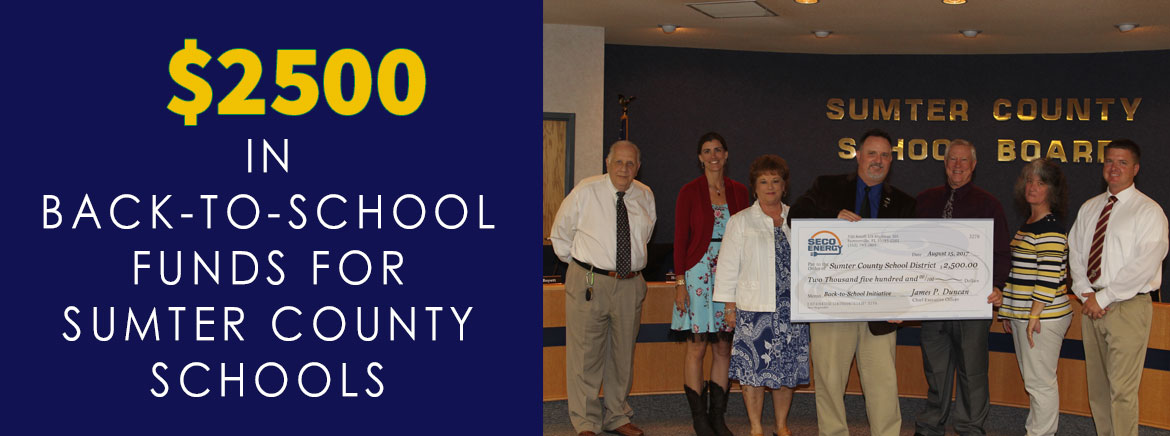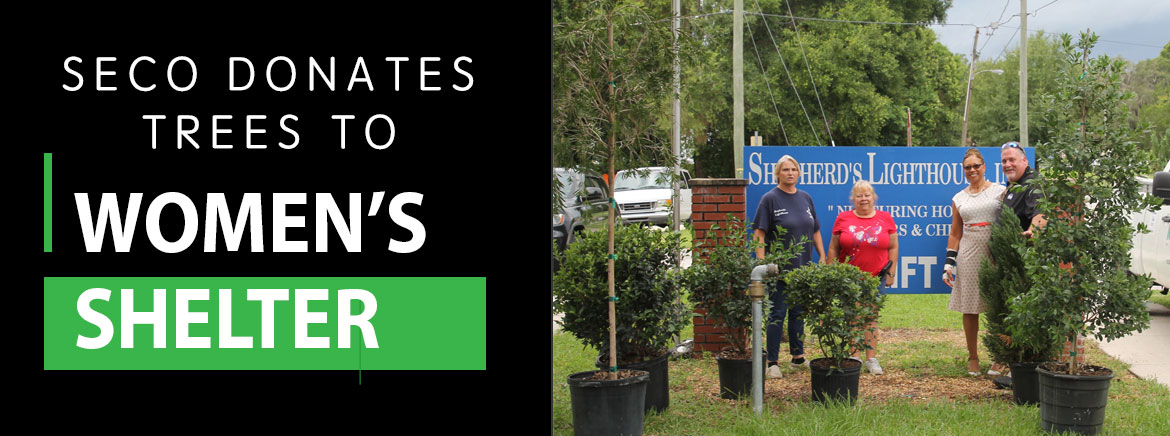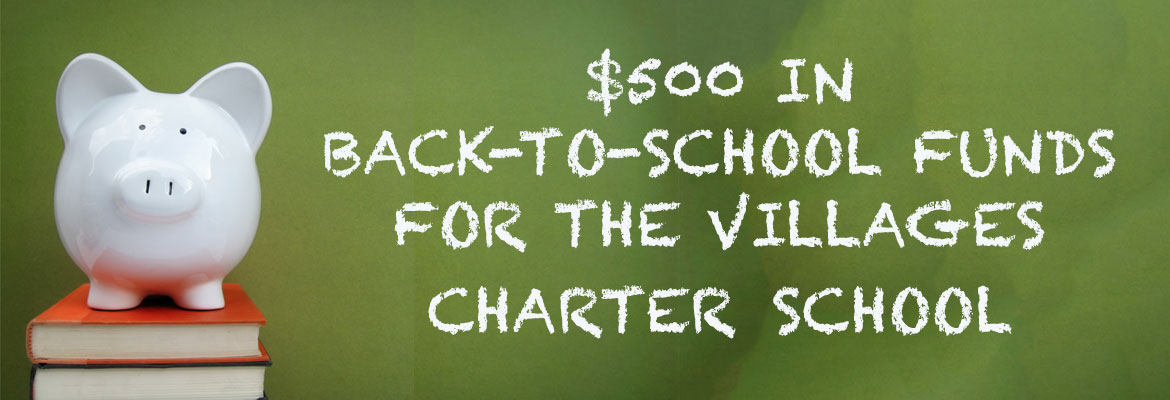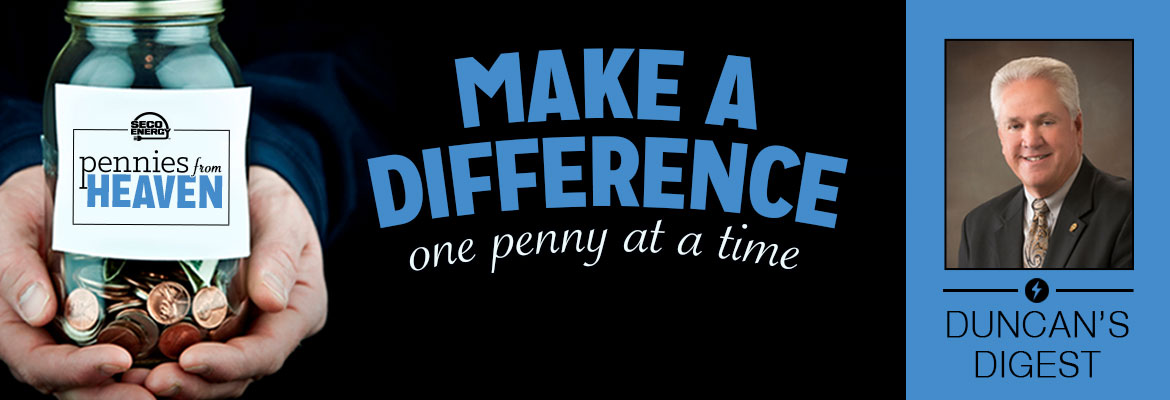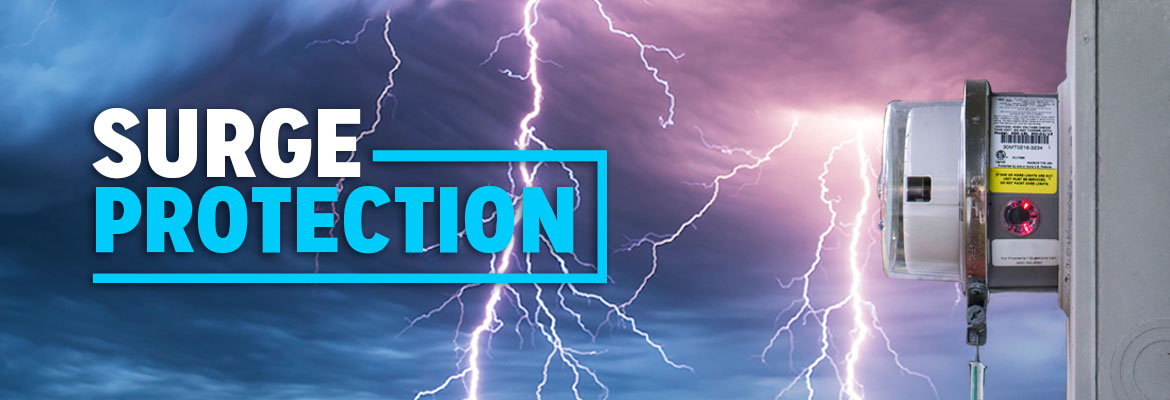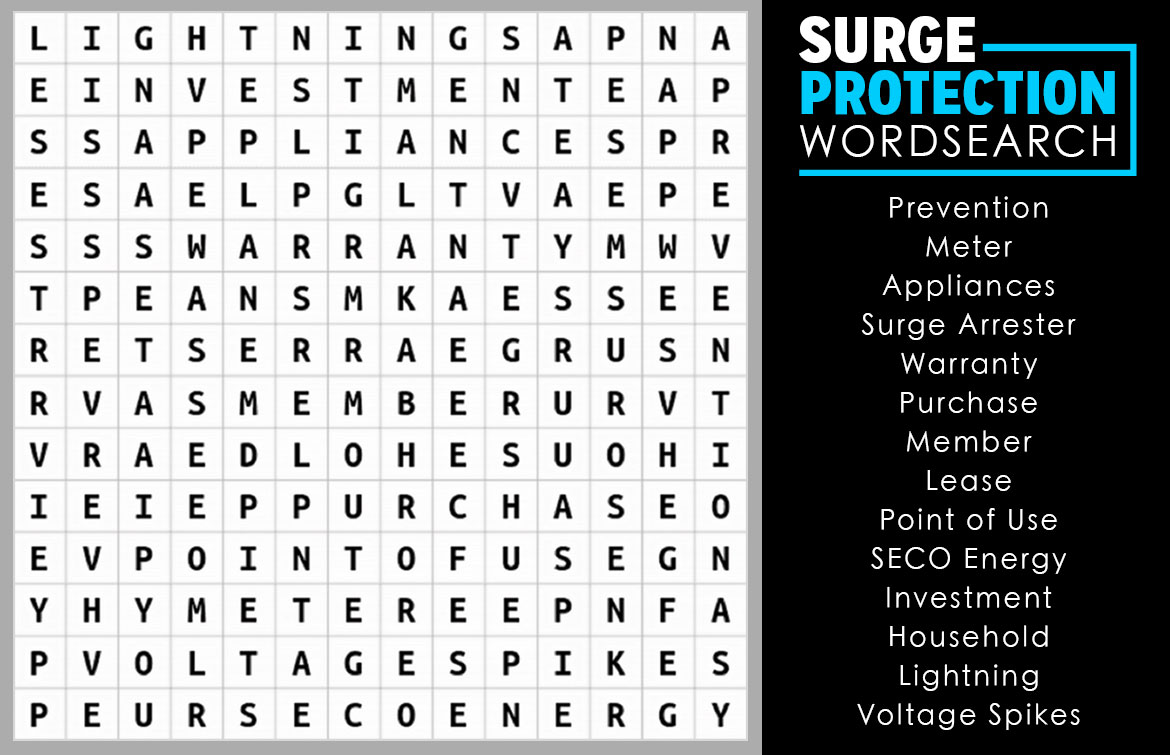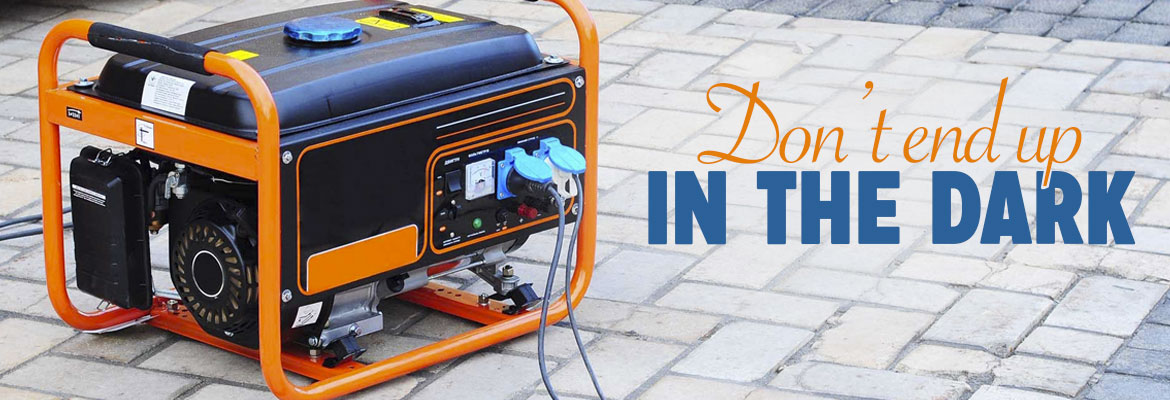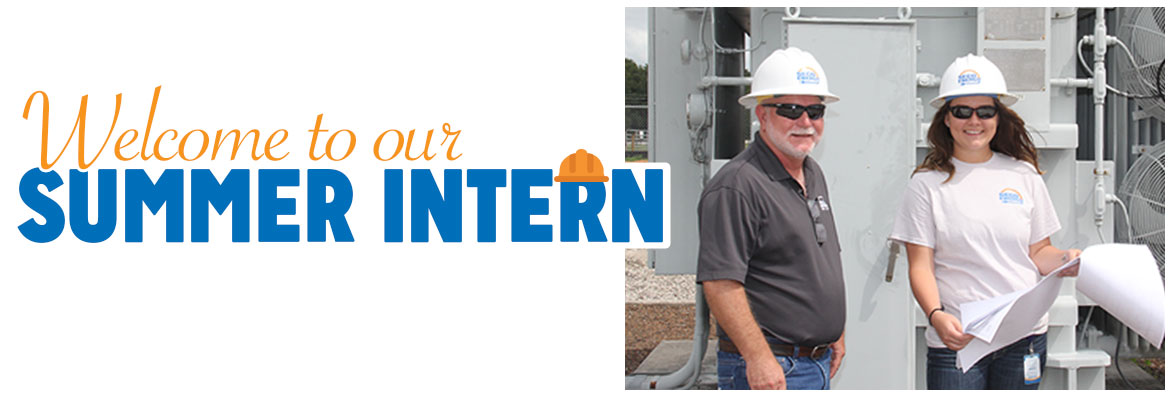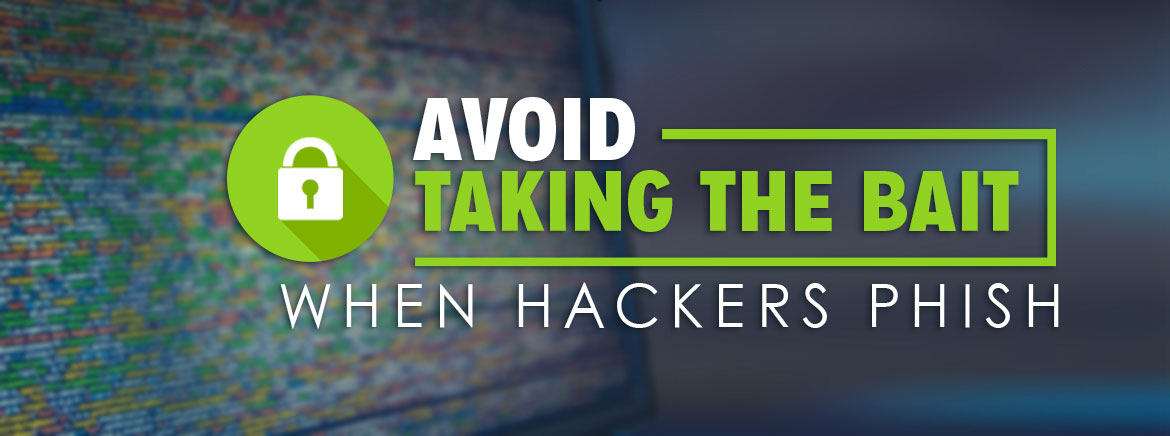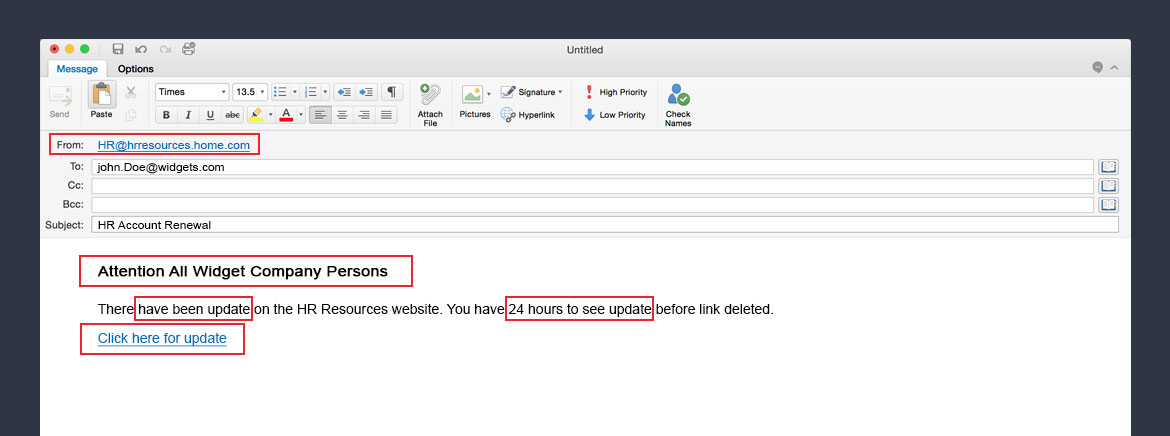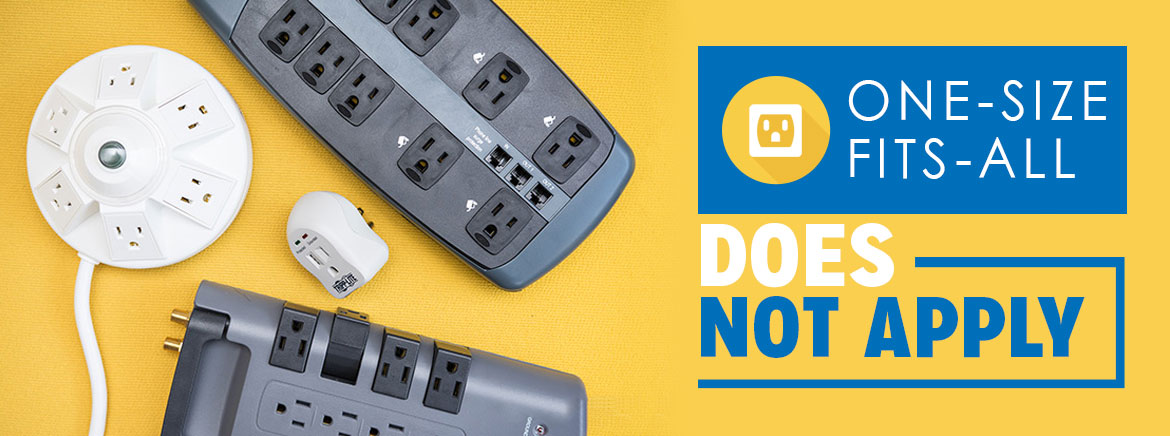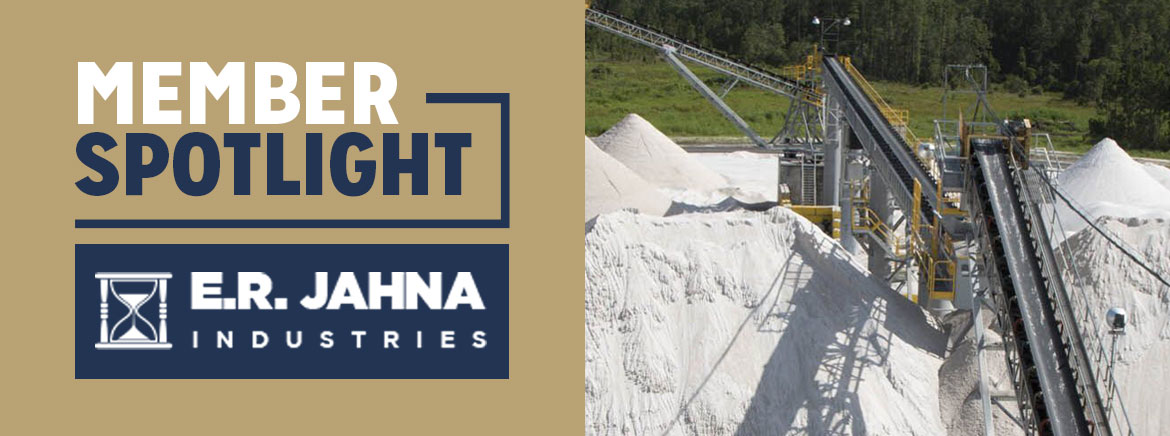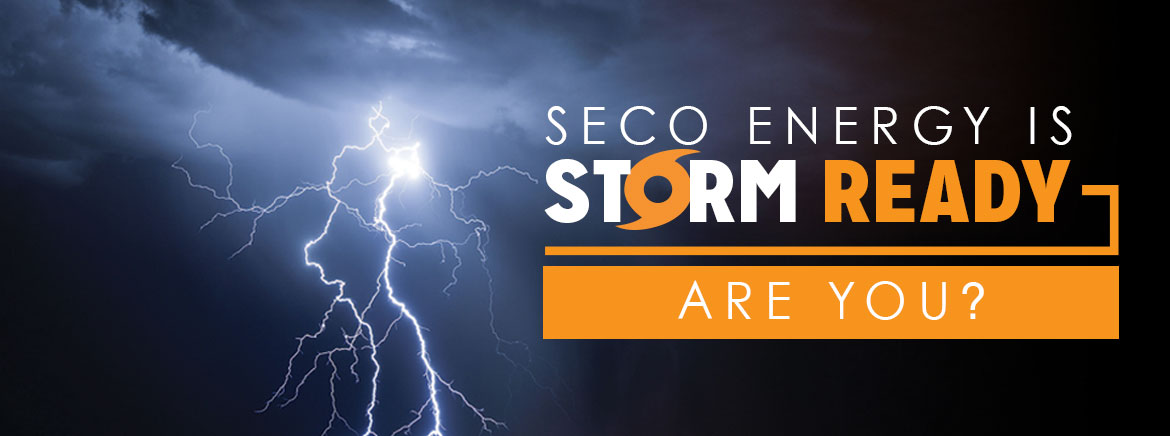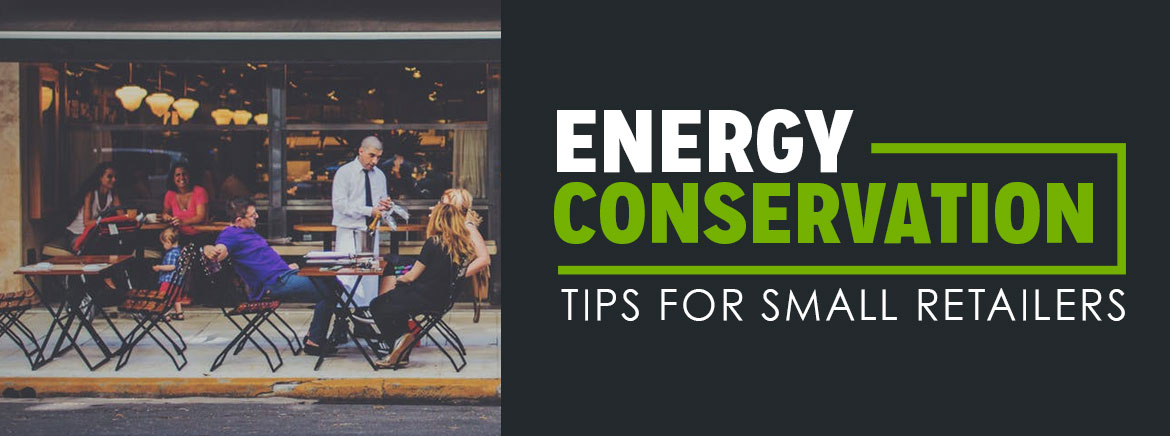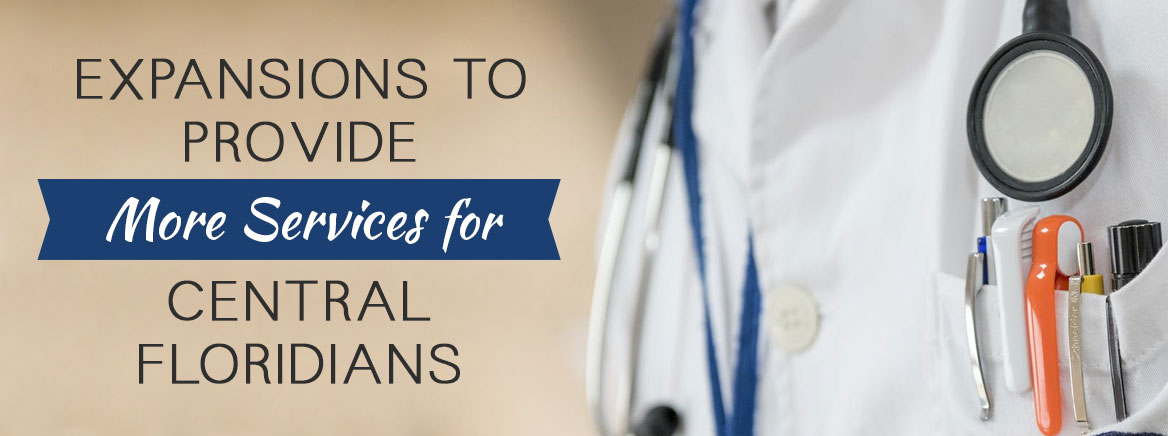
Expansions to Provide More Services for Central Floridians
Significant growth in SECO Energy’s service territory requires expansion of medical services to accommodate the increased population. Currently there are several major projects expanding the availability of medical care.
Construction of Orlando Health’s South Lake Hospital Health Pavilion at Blue Cedar is underway. The new 20,000 square foot health pavilion, located on US 27 at the Turnpike, will include a free-standing emergency department, outpatient imaging, laboratory and rehabilitation services, as well as space for physician offices. The new facility has been designed to accommodate more advanced services as the need in South Lake County grows. “We’re expanding our services so that patients in all areas of South Lake County have improved access points to healthcare,” said South Lake Hospital President John Moore.
Another project underway in Lake County is at Florida Hospital Waterman. The Tavares facility has plans to double the size of the emergency department to fifty-eight beds. The addition will include a four-story patient tower dedicated to women’s services, pediatrics and future growth. Twenty-four beds for the women and children’s unit will be on the second floor. Floors three and four of the tower will be reserved for future growth. This project will add more than 111,000 square feet of patient care to the existing hospital.
In Marion County, West Marion Community Hospital has plans to add nearly 42,000 square feet to meet a growing need for acute care services for residents west of I-75. This expansion will nearly double the facility’s acute care bed count to 48. The project will include three key areas of the hospital: The Emergency Department, operating rooms, and patient rooms. The Emergency Department will increase in size with an additional nine exam rooms, bringing the total number to 31. The Surgical Department will expand from four to six operating rooms with space to add two operating rooms in the future. The plan includes additional pre-operative unit bays and post anesthesia care unit bays as well. The facility will add a fourth floor with 36 medical/surgical patient beds and eight intensive care unit beds. The total hospital bed count will increase to 138.
In addition to the major hospital expansions, there are a multitude of other projects including new doctor offices, rehab and assisted living facilities in the works throughout SECO Energy’s service territory.

Grand Oaks and Great Food
Fenney Grill is where great food meets the great outdoors. The Grill is located in the new Village of Fenney which locals refer to as Adamsville. The restaurant is nestled among native landscape and majestic grand oaks to deliver a warm old Florida feel. The rustic-themed bar and grill has indoor and outdoor seating for 130 guests. The restaurant is open seven days a week from 8 a.m. to 5 p.m. with daily happy hour specials offering 50% off drinks from 3 to 5 p.m.
Each day at the Fenneyy Grill starts out with classics from waffles to omelets and ends up with signature salads and sandwiches followed by Mike’s Famous Key Lime Pie. “Everything is as fresh as it can be; fresh produce, fresh fruit,” said restaurant manager Chad Prilliman. “We roast our meats in-house and most of the breads are baked right here.” If you’re in the mood for casual dining, this is the place to be.
Another food option is right next door at the Orange Blossom Café located in the Fenney Recreation Center. The café is open from 7 a.m. to 2 p.m. and is a great place to relax. Enjoy fresh baked cookies, pastries, muffins, specialty sandwiches or small salads. Wash them down with freshly brewed coffee or tea as well as juices. For directions and a full menu visit Fenney Grill’s website.

Keep your Share of the Marketplace
Advancements in technology are rapidly shaping the way we live. Not so very long ago, music was delivered via record player and phones only worked through a wired connection. Now these devices, and a number of others, have, for the most part, become obsolete. Technological advances, in many ways, are changing our world for the better and have allowed some businesses to thrive. Other businesses have had to reinvent themselves and are fighting to stay alive.
As the trend continues, one of the biggest changes taking place are brick and mortar stores fighting with e-commerce for sales as more shoppers prefer to make purchases from the convenience of their home. Online shopping and overnight shipping are becoming increasingly more popular especially among the younger generation. So, could the end of traditional shopping be in sight? Maybe not! The convenience of buying online to some does not compare to the instant gratification of walking out of the store with your items in hand. To others, the idea of having to wait for an item, track and sometimes pay for shipping is not convenient.

In today’s world, to keep their share of the marketplace, site retailers need to focus on the customer and enhance the in-store experience to make the trip away from the computer worth it. Physical presence and meaningful interactions with customers is an experience the internet is unable to offer. Maya Angelou once said “I’ve learned that people will forget what you said, people will forget what you did, but people will never forget how you made them feel.”
Customer service never goes out of style. Customer service and convenience of shopping is the key to repeat customers along with knowledgeable, professional and courteous employees. This coupled with a pleasant store environment that is inviting and soothing to customers’ senses makes for a win-win situation. Warranties, guarantees and the ease of returns are a plus.
To survive in today’s economy, anyone in business needs to continually reinvent themselves. Just because you have always done things a particular way doesn’t mean it’s the right approach. Sometimes taking a step back, observing and reformulating a plan is crucial to survival, although excellent customer service should always be your top priority.
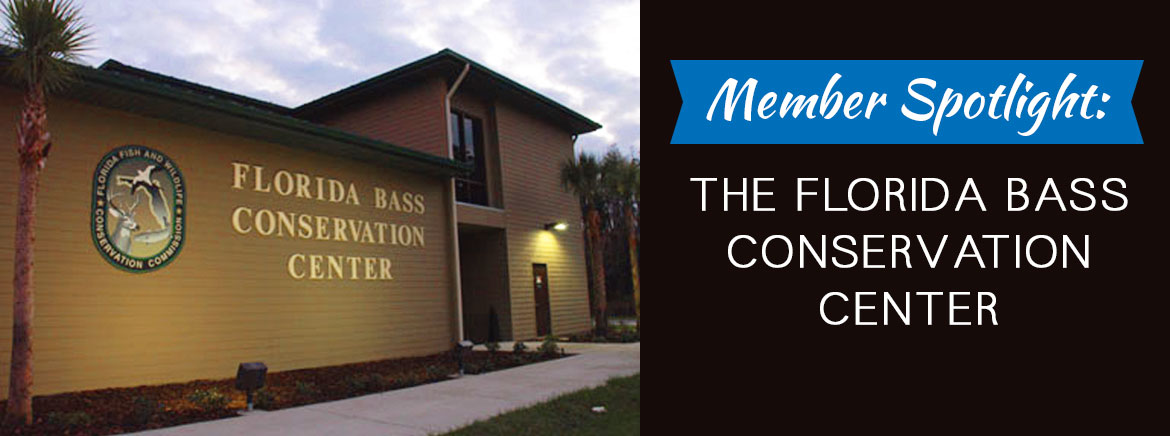
Member Spotlight: The Florida Bass Conservation Center
Parents and teachers looking to introduce their children to a unique experience in south Sumter County might consider visiting the Florida Bass Conservation Center (FBCC). The Center is dedicated to managing fish and wildlife resources for long-term well-being of the native species and for the benefit of Floridians. At the FBCC, and through the Florida Wildlife Commission, a number of initiatives, for both fresh and saltwater, have been put in place to enhance fish and wildlife conversation including opportunities for much-needed public involvement.
Known to some as the old Richloam Fish Hatchery, the FBCC raises nearly 6.75 million freshwater fish (6”-10” fingerlings) including largemouth, sunshine and striped bass, crappie and catfish. This is done by using a raceway system between ponds. A raceway system is where continuous water is made to flow from pond to pond through man-made channels. This saves water and energy, helps to prevent diseases and parasites, and improves feed conversion by producing more fish per gallon of water.
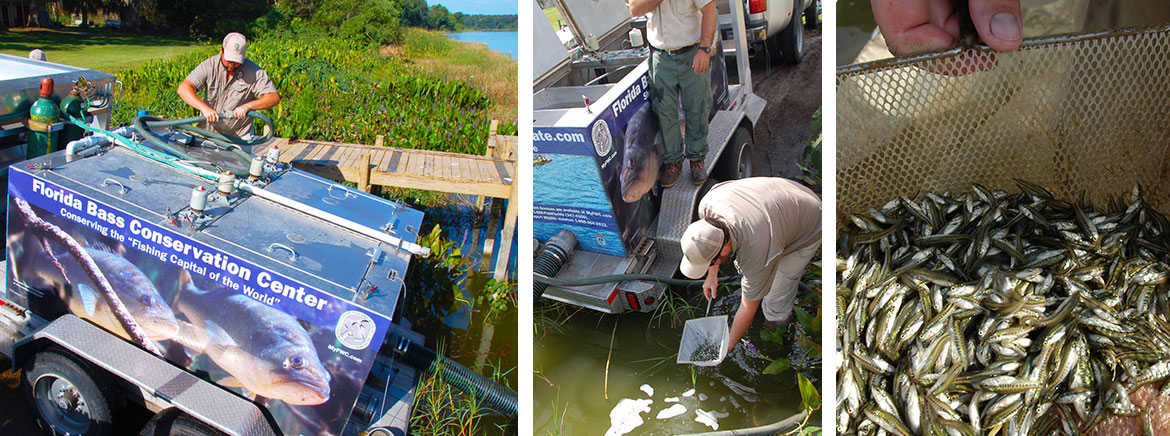
Currently the FBCC consists of 63 ponds that vary from 1/4 acre to 1½ acres in size making up a total of 48 acres of water. The FBCC is the largest freshwater fish production hatchery in The State. It is open to the public and includes a visitor’s center and research facility with something of interest for all ages.
The Florida Bass Conservation Center is open from 9 a.m. to 3 p.m., Monday through Friday, except holidays. It is located at 3583 CR 788 in Webster. Field trips and large groups should preschedule their visit by calling (252) 732-1225. For more information visit the Florida Bass Conservation Center’s website or watch this video that takes you on a walk through the hatchery.
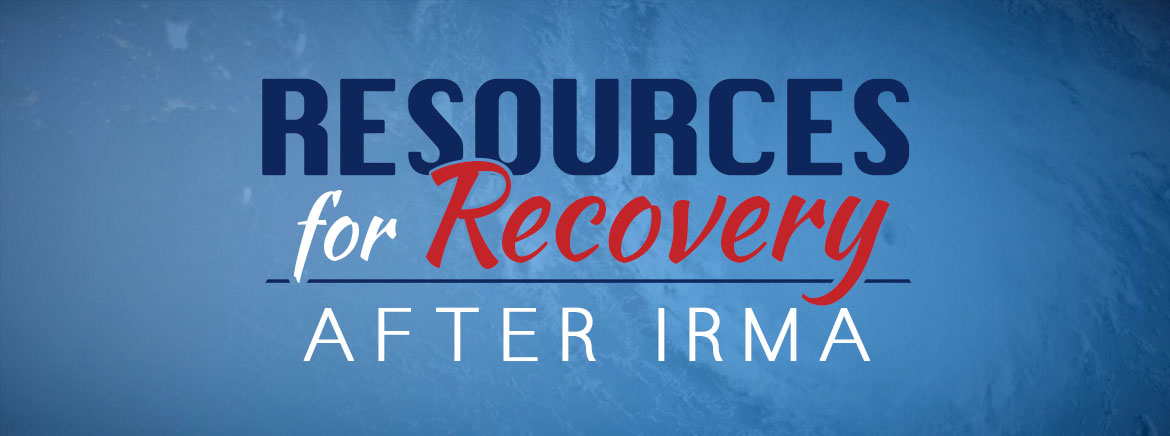
Resources for Recovery After Irma
State business and industry representatives (ESF18) are manning a private sector hotline at (850) 815-4925 to respond to calls from businesses and private sector support organizations.
Small Business Recovery Guide
State Assistance
Governor Scott activated the Florida Small Business Emergency Bridge Loan Program to provide short-term, interest-free loans to businesses damaged by the storm.
Florida Small Business Emergency Bridge Loan Program
Small businesses in all 67 Florida counties with two to 100 employees may apply for short-term, interest-free loans for $1,000 to $25,000 for 90 or 180-day terms. To be eligible, a business must have been established prior to September 4, 2017, and demonstrate economic injury or physical damage as a result of Hurricane Irma. Visit www.floridadisasterloan.org for more information and to apply for the Florida Emergency Bridge Loan program. The deadline to apply is October 31, 2017.
Small businesses that have incurred losses due to Hurricane Irma are asked to complete a Business Damage Assessment Survey. The survey will help the State Emergency Response Team determine the needs and level of assistance for impacted businesses. To take the survey, visit www.flvbeoc.org.
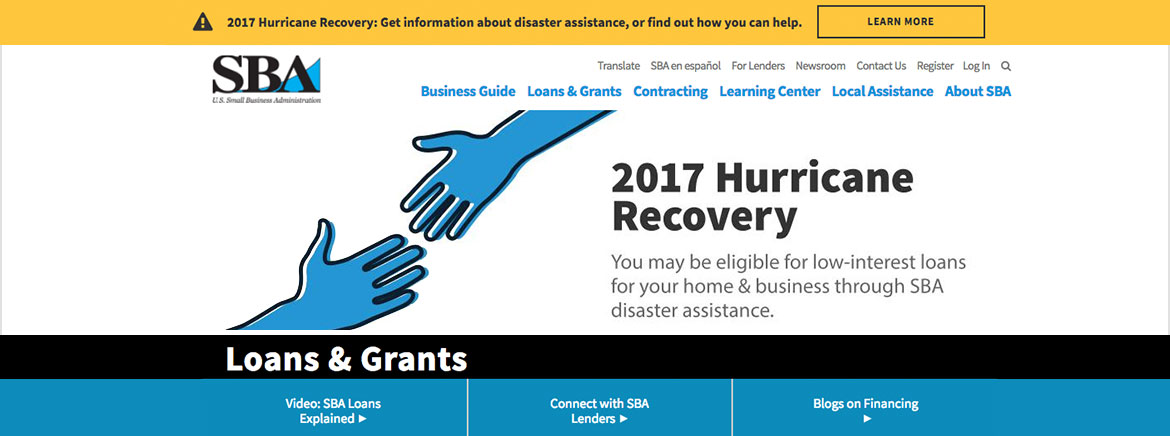
Federal Assistance
Following President Trump’s major disaster declaration, impacted businesses may now apply for low-interest loans through the U.S. Small Business Administration (SBA).
Through the declaration, businesses and nonprofits in Brevard, Broward, Charlotte, Citrus, Clay, Collier, Desoto, Duval, Flagler, Glades, Hardee, Hendry, Hernando, Highlands, Hillsborough, Indian River, Lake, Lee, Manatee, Marion, Martin, Miami-Dade, Monroe, Okeechobee, Orange, Osceola, Palm Beach, Pasco, Pinellas, Polk, Putnam, Sarasota, Saint Johns, Saint Lucie, Seminole, Sumter and Volusia counties in Florida are eligible for both Physical and Economic Injury Disaster Loans from the SBA.
Business Physical Disaster Loans are intended to help repair or replace disaster-damaged property. Businesses and nonprofit organizations may apply for up to $2 million to repair or replace property, including real estate, equipment, inventory, machinery, and other business assets.
Businesses in qualifying adjacent counties may apply for up to $2 million for working capital through the SBA Economic Injury Disaster Loan program. The Economic Injury Disaster Loan program provides working capital loans to help small businesses, small agricultural cooperatives, small businesses engaged in aquaculture, and most private, nonprofit organizations meet financial obligations and operating expenses through the disaster recovery period. Applicants may also be eligible for a loan amount increase up to 20 percent of their physical damages to protect property from future damage, including adding a safe room or storm shelter.
To Apply for Physical and Economic Injury Loans
Businesses must first register with the Federal Emergency Management Agency (FEMA), or by mobile device at m.fema.gov or call the toll-free helpline at 800-621-3362. Those who use 711-Relay or Video Relay Services should call 800-621-3362 (800-462-7585 TTY). Upon registration with FEMA, businesses may apply for a disaster loan a number of ways as follows:
• Submit an online application at https://disasterloan.sba.gov/ela
• Download an application from www.sba.gov/disaster and submit to a SBA disaster recovery center or mail to U.S. Small Business Administration, Processing and Disbursement Center, 14925 Kingsport Road, Fort Worth, TX 76155;
• Visit a SBA recovery center for one-on-one assistance; or
• Visit the Florida SBDC at UCF or its satellite service centers for assistance.
The filing deadline to return applications for physical property damage is November 9, 2017. The deadline to return economic injury applications is June 11, 2018.
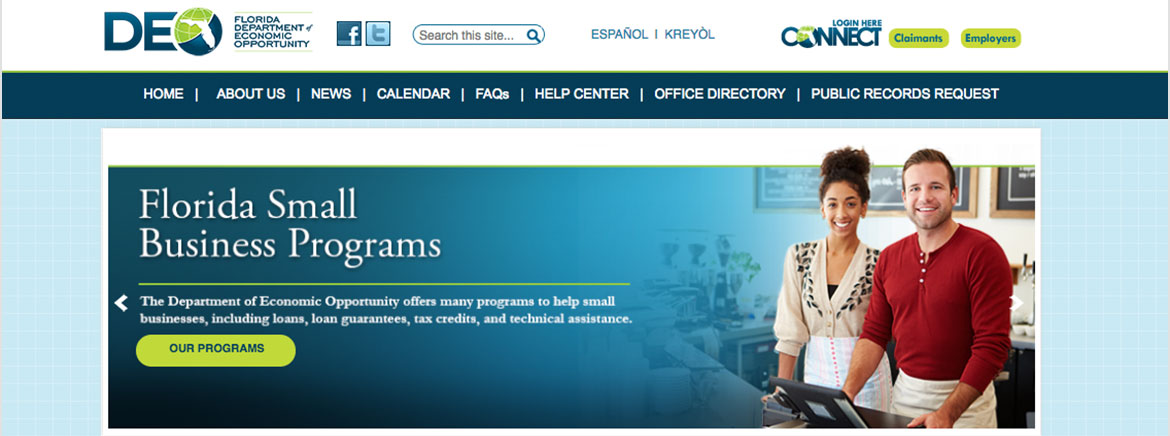
Individual Assistance
Disaster Unemployment Assistance (DUA) is available to Florida businesses and residents whose employment or self-employment was lost or interrupted as a result of Hurricane Irma.
Disaster Unemployment Assistance is available from weeks of unemployment beginning September 10, 2017 until March 17, 2018, as long as the individual’s unemployment continues to be a result of the disaster. To file a DUA claim go to www.floridajobs.org or call 1-800-385-3920.
Residents with losses due to Hurricane Irma may now register for disaster assistance from the Federal Emergency Management Agency, according to state and federal officials. Individuals can register online at www.DisasterAssistance.gov.
You may also register by calling 1-800-621-FEMA (3362). The toll-free telephone numbers will operate from 7 AM to 11 PM, seven days a week until further notice.
Applicants will need the following to apply:
- Social Security Number
- Daytime telephone number
- Current mailing address and zip code of the damaged property
- Private insurance information, if available
Interested in learning more about SECO Energy’s emergency restoration plan related to Hurricane Irma? Read October’s Duncan’s Digest in SECO News to learn more.



